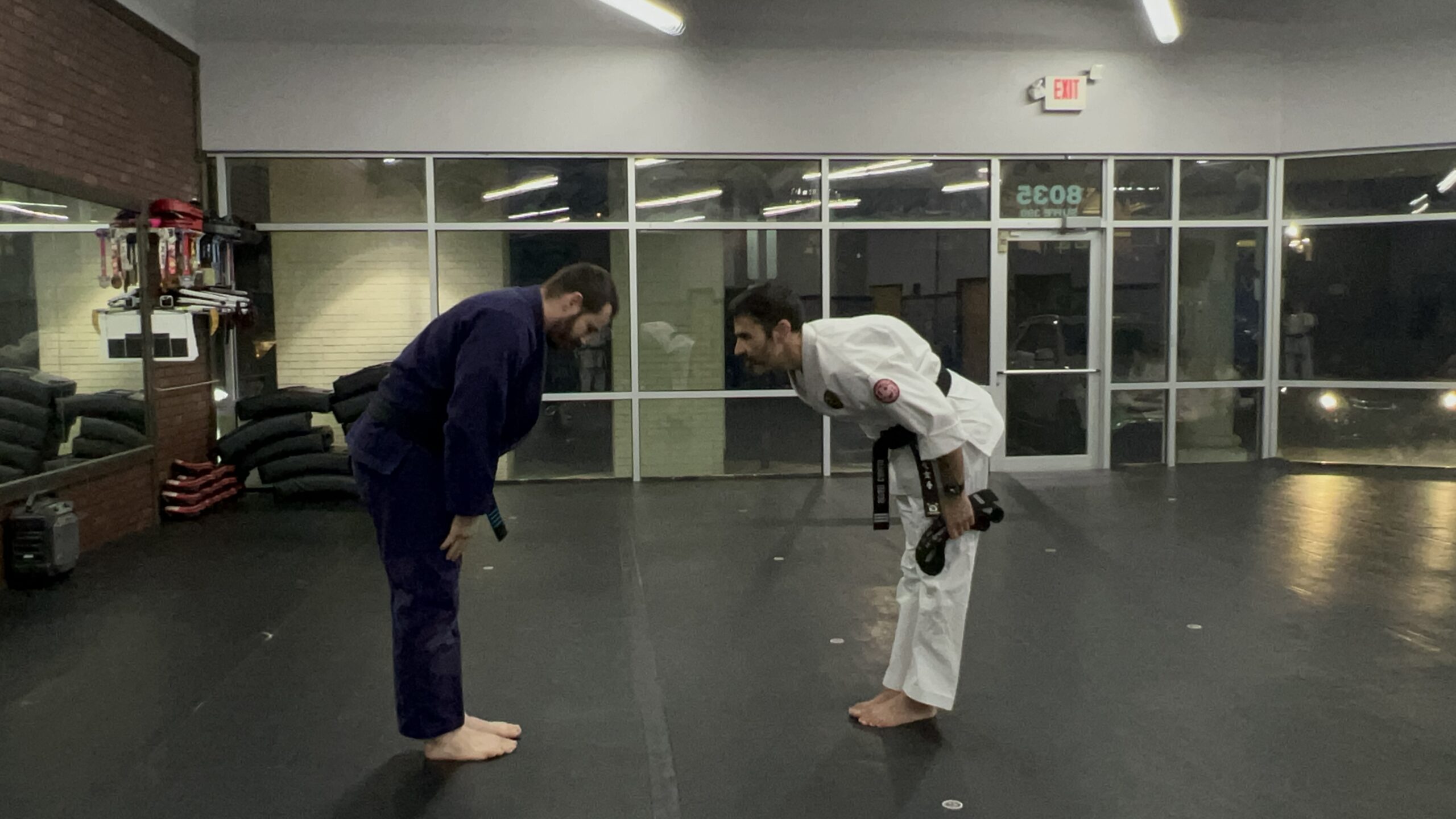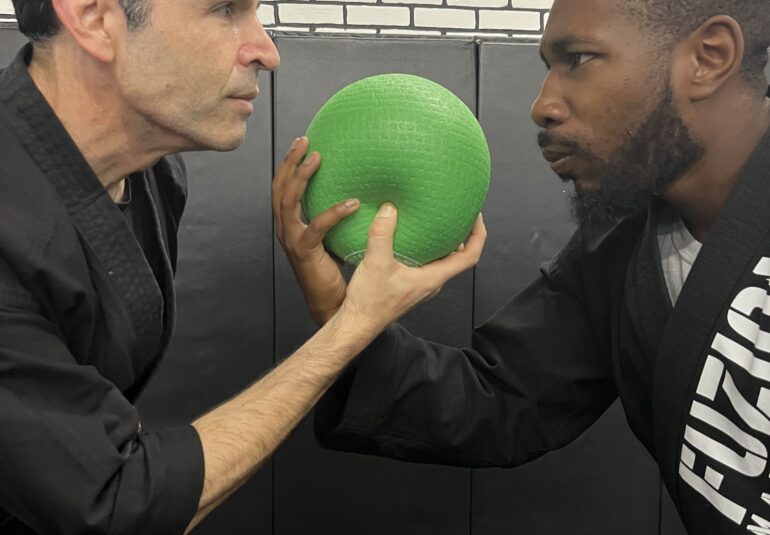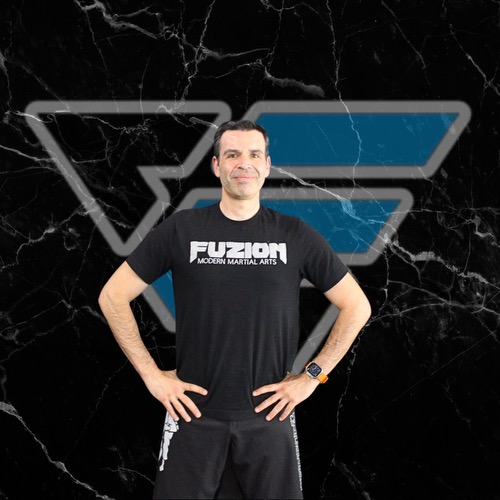
- 452
Karate, one of the most widely practiced martial arts in the world, is not a monolithic discipline. It encompasses a variety of styles, each with its own philosophy, techniques, and training approaches. While all styles share a common heritage rooted in Okinawan martial traditions and Japanese refinement, they diverge significantly in their focus and application. Understanding the differences between major karate styles can help practitioners choose a path that best aligns with their goals—whether those are self-defense, competition, fitness, or personal development.
Shotokan Karate: Precision and Discipline
Training Focus:
Shotokan is perhaps the most globally recognized style. Developed by Gichin Funakoshi and later codified by his son Yoshitaka, Shotokan emphasizes deep stances, linear movements, and powerful strikes. Classes often involve structured kihon (basic techniques), kata (forms), and kumite (sparring).
Outcomes:
Practitioners develop strong foundational techniques, precise movement, and mental discipline. Physical conditioning and mental focus are central outcomes.
Uses:
Shotokan is excellent for traditional martial arts study and character development. While its linear movements are less adaptive for close-quarters combat, the style is popular in sport karate tournaments and valued for its philosophical depth.
Goju-Ryu Karate: Hard and Soft Harmony
Training Focus:
Goju-Ryu, founded by Chojun Miyagi, blends hard striking techniques with soft, circular blocks and breathing exercises. Its training integrates traditional Okinawan methods with Chinese martial arts influence.
Outcomes:
Students gain balanced power, fluid motion, and improved internal energy control. Breathing techniques (ibuki breathing) are integral to the style and enhance endurance and focus.
Uses:
Goju-Ryu is highly effective in close-range self-defense scenarios due to its emphasis on grappling, joint locks, and body conditioning. It’s often seen as more practical in real-life confrontations compared to some sport-oriented styles.
Shito-Ryu Karate: Hybrid Versatility
Training Focus:
Founded by Kenwa Mabuni, Shito-Ryu combines elements of both hard and soft styles, with an extensive kata syllabus and a mix of long and short-range techniques.
Outcomes:
Shito-Ryu offers a broad technical base, making it ideal for practitioners who want a comprehensive martial arts education. The large number of kata can help develop versatility and adaptability.
Uses:
Because of its hybrid nature, Shito-Ryu is suitable for both traditional practice and sport karate. Its range of techniques makes it adaptable to various competitive and real-world settings.
Wado-Ryu Karate: Movement and Evasion
Training Focus:
Wado-Ryu, created by Hironori Otsuka, integrates karate with jujutsu principles, emphasizing movement, evasion, and redirection over direct confrontation. It’s known for lighter stances and more fluid, evasive body movements.
Outcomes:
Practitioners learn how to use an opponent’s force against them, promoting strategic thinking and agility. This style prioritizes timing and positioning rather than brute force.
Uses:
Wado-Ryu is ideal for those interested in defensive applications and efficient, non-confrontational responses. It is also useful in situations where minimizing injury is a priority, such as law enforcement or self-defense.
Kyokushin Karate: Full-Contact Power
Training Focus:
Founded by Masutatsu Oyama, Kyokushin is known for its intense, full-contact sparring and conditioning. It focuses heavily on physical toughness, powerful strikes, and mental resilience.
Outcomes:
Practitioners develop high pain tolerance, powerful striking skills, and exceptional fitness. The style emphasizes pushing physical limits.
Uses:
Kyokushin is often considered one of the most practical styles for real combat and self-defense, due to its emphasis on full-contact fighting. It’s also highly respected in mixed martial arts circles for producing tough, capable fighters.
Choosing the Right Style
Each karate style offers distinct advantages depending on a practitioner’s goals:
-
Discipline & Structure: Shotokan
-
Close-Range Self-Defense: Goju-Ryu
-
Versatility & Depth: Shito-Ryu
-
Evasion & Strategy: Wado-Ryu
-
Strength & Full-Contact Combat: Kyokushin
Whether you’re seeking personal growth, competitive experience, or effective self-defense, there’s a karate style tailored to your journey. Understanding the differences allows you to make an informed decision and get the most from your martial arts practice.


